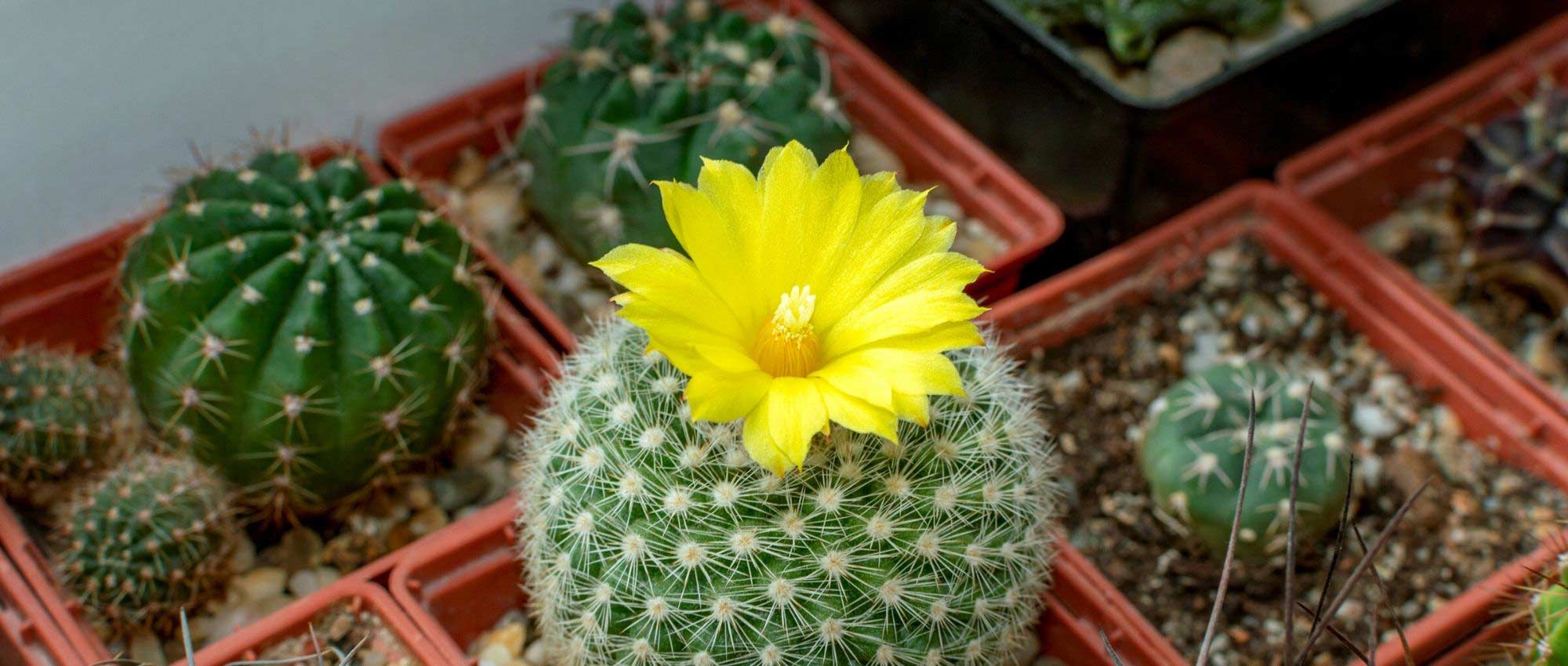
How to plant a cactus in a pot?
When and how should I do it?
Contents
Relatively sensitive to cold, cacti are often grown in pots, to keep them indoors all year round or at least over winter, to protect them from the cold. Although they need little maintenance, they do, however, need repotting from time to time, to renew the potting mix and give them more room. This also allows detection of parasitic pests, such as root aphids. Find in this guide all our tips to act at the right time, choose an appropriate pot and potting mix, and repot your cacti safely.
How to recognise a cactus that needs repotting?
Cacti are often sold in small pots where they are a bit cramped. If you have recently bought one, you can carry out an initial repotting to give it more room.
Later on, if you find your cactus is not growing, seems weak or pale in colour, or if you see its roots starting to come out of the pot, it means it needs repotting. Likewise, if your cactus stops developing or even begins to decline, these symptoms may indicate an infestation of root aphids. The only solution against these parasitic pests is to remove the cactus from its pot, clean its roots and repot it in healthy substrate.
What is the best time to plant or repot a cactus?
We recommend repotting cacti every two or three years, preferably at the beginning of spring, around April. However, repotting is still possible at other times of year, except in autumn and early winter, as the plant then enters dormancy. In any case, the substrate should be thoroughly dry before you begin repotting.
Discover other Cacti and succulents
View all →Available in 0 sizes
Available in 1 sizes
Available in 1 sizes
Available in 1 sizes
Available in 1 sizes
Available in 1 sizes
Available in 1 sizes
Available in 1 sizes
Available in 1 sizes
Available in 1 sizes
Which type of pot should I choose?
To plant your cactus, you can choose a plastic or terracotta pot. Plastic pots retain more moisture, so you will need a more free-draining substrate. Conversely, water evaporates more quickly from terracotta pots, so watering will need to be a little more frequent. However, they offer the advantage of greater stability if you grow large specimens. In all cases, it is important to use a pot with a hole in the base to allow water to drain.
We do not recommend using a cachepot, as it makes watering management more difficult: water can collect at the bottom and create a humid environment around the roots, which may cause them to rot.
Feel free to choose a fairly wide pot to create an attractive composition by combining different species of cactus and succulent plants.
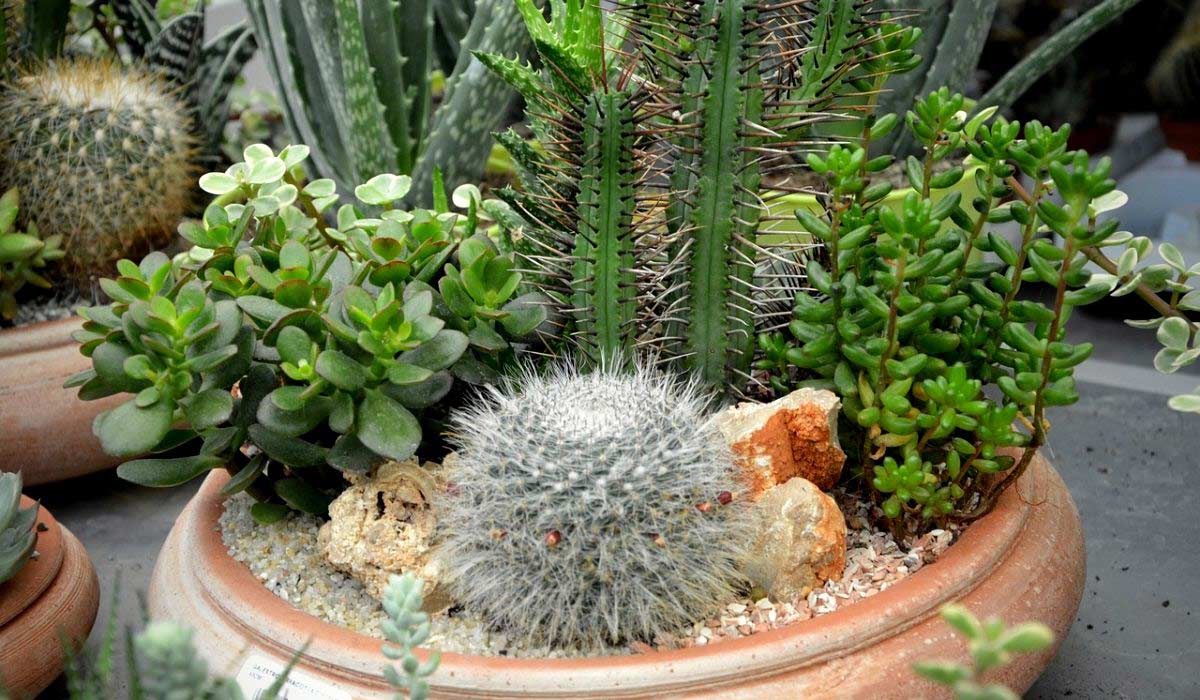
You can create a composition by combining cacti and succulent plants, which you will place in a fairly wide pot.
Which substrate should I use?
Cacti and succulent plants generally grow in very free-draining, dry soils poor in organic matter. It is important that substrate be light, sandy and well-aerated, to avoid asphyxiating roots. Water must be able to drain away quickly and allow substrate to dry easily.
Substrate should be mostly mineral and should not contain too much organic matter.
We recommend planting your cacti and succulent plants in a mix of one third coarse sand (river sand), one third potting compost and one third sieved garden soil (however avoid garden soil if it is very clayey). It is also possible to add perlite at 10 to 20%, as it is a very light component that helps to aerate substrate.
For simplicity, you can also buy ready-made specialist potting compost for cacti.
We also recommend avoiding calcareous substrates, as most cacti and succulent plants dislike lime.
To avoid transmitting diseases or parasitic pests (such as root aphids, for example), do not hesitate to sterilise substrate by microwaving it for a few minutes.
What equipment is needed?
- Terracotta or plastic pot
- Gravel, clay pebbles or pot shards for drainage
- Cactus potting compost or a mix of soil, compost and coarse sand
- Newspaper to handle cactus without getting pricked
- Optional: brush to clean roots and gently remove substrate.
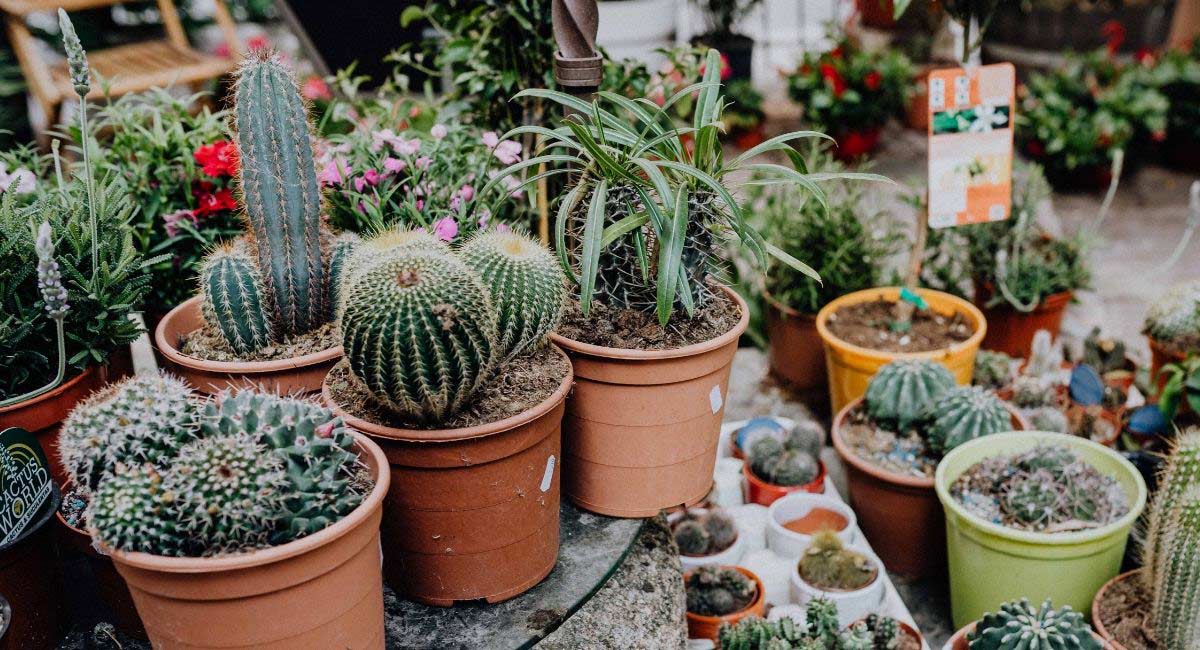
How to plant or repot a cactus?
- Gently remove the cactus from its original pot, using thick gloves or several layers of newspaper to handle it without injuring yourself.
- Lay the cactus flat on newspaper.
- Remove the old potting mix and any dead roots. Use a brush to gently remove soil around the roots without damaging them.
- Check that roots are healthy and free from parasitic pests, such as root aphids. Remove any dead or damaged roots.
- Choose a pot slightly larger than the old one. You can optionally clean it beforehand with bleach to eliminate any risk of disease transmission.
- Place a drainage layer in the bottom of the pot, made for example of gravel, clay balls or broken terracotta pieces.
- Add a cactus potting mix or a mix of coarse sand, potting compost and garden soil to the pot.
- Plant your cactus, positioning it centrally.
- Fill in around it with potting mix to secure it, but avoid burying the collar (otherwise it could rot).
- You can place a layer of small gravel on the surface of the mix to help protect the cactus from excess moisture.
- After potting or repotting your cactus, wait at least 15 days before resuming watering, otherwise any roots damaged during the operation may rot. Waiting two weeks allows them time to heal.
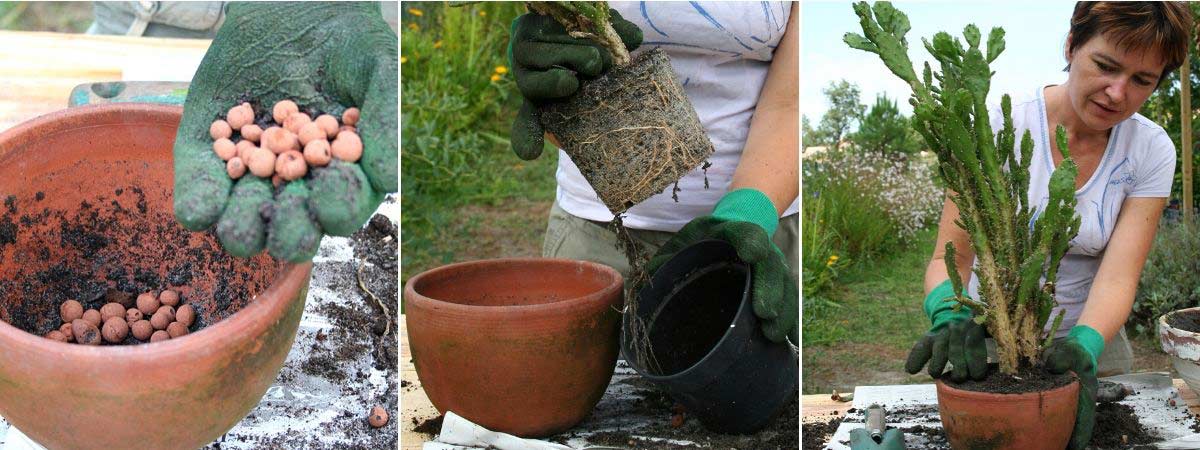
To repot a cactus, consider creating a drainage layer at the bottom, for example with clay balls. Carefully remove the cactus from its old pot, using gloves or newspaper, then plant in a slightly larger pot with a well-draining potting mix
Where to place your cactus?
As they originate from warm, very sunny regions, cacti need excellent light. If possible, we recommend placing them in a conservatory or near a window. Indeed, if light is insufficient, cacti may become etiolated: stems elongate, becoming very thin and paler. Most cacti appreciate direct sun, but need progressive hardening, otherwise sun may scorch them. Check needs of species you grow, however, as some cacti do not like direct sun. For example, this is the case of Parodia leninghaussii.
- Subscribe!
- Contents
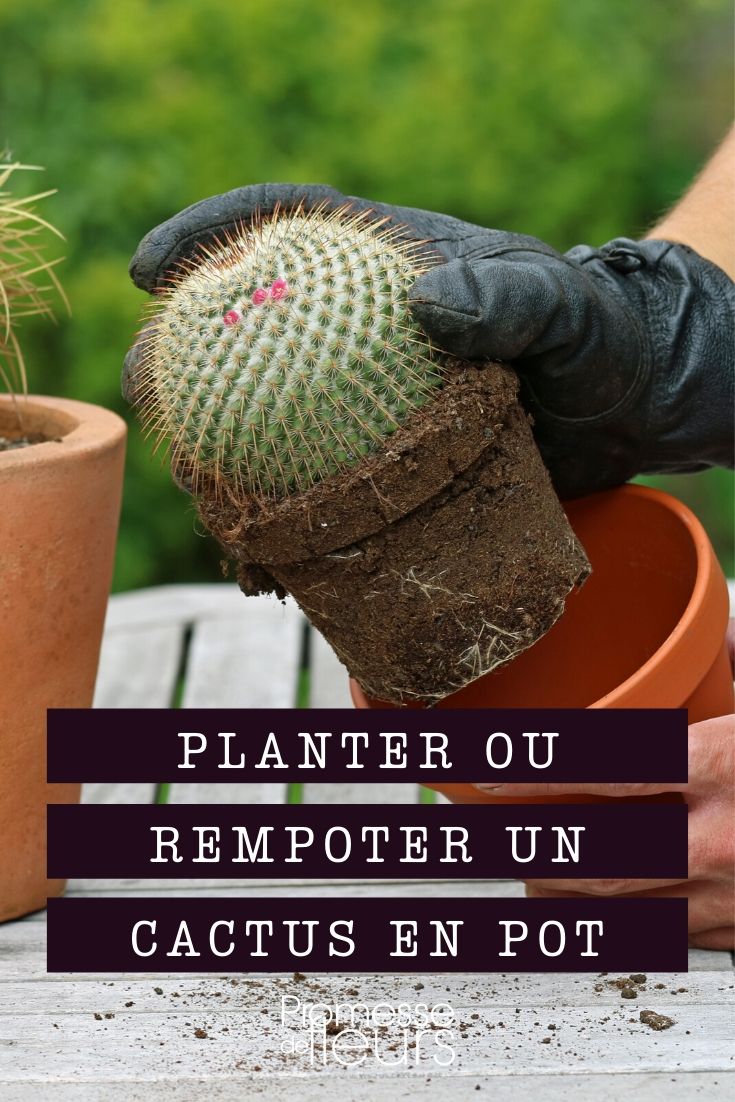































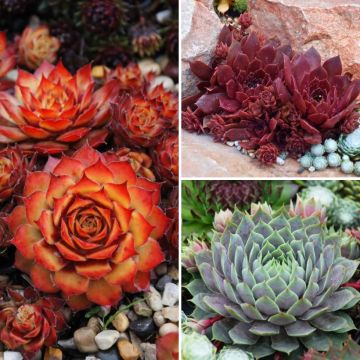
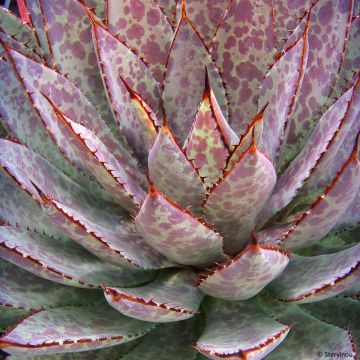
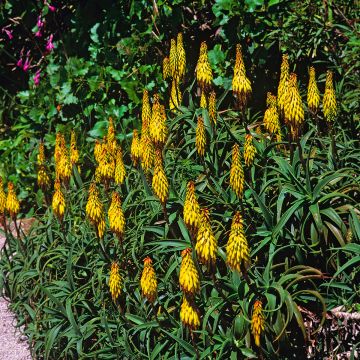
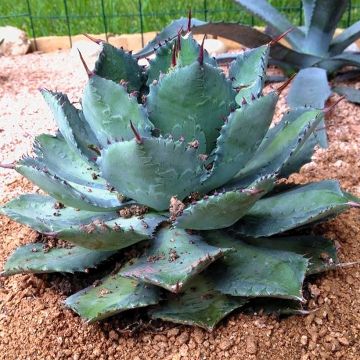
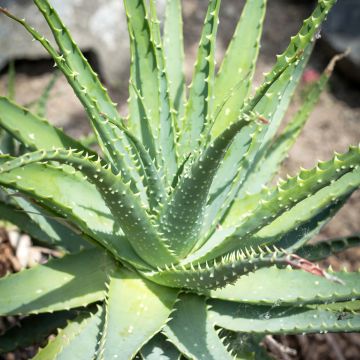
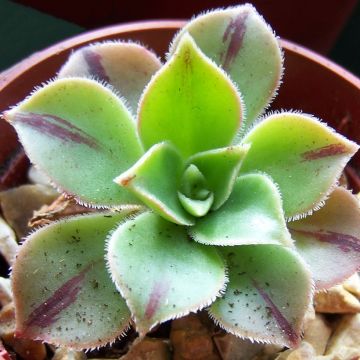
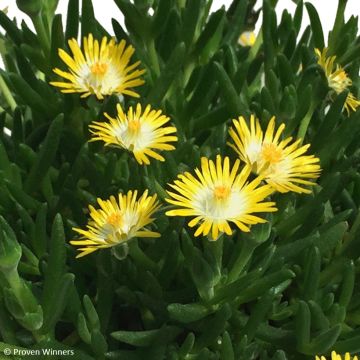
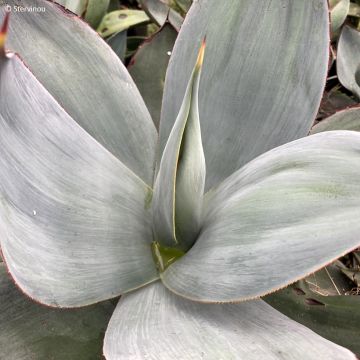
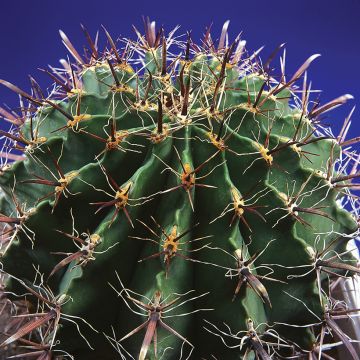
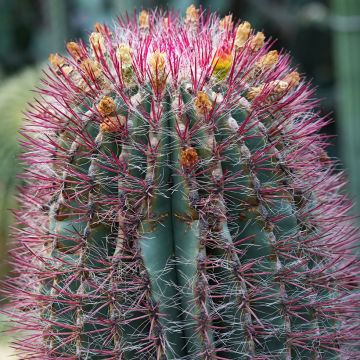
Comments